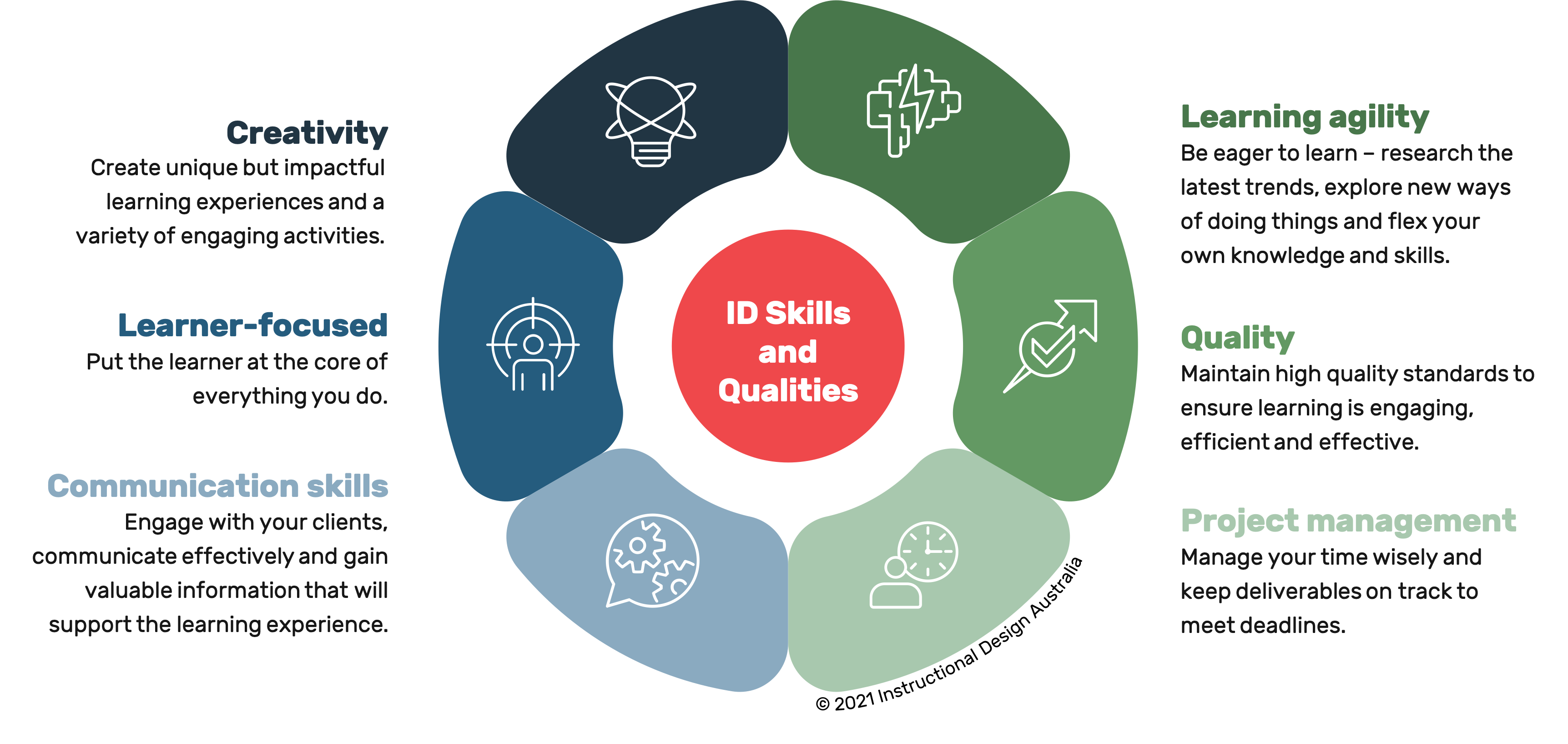In 2023, the world is facing an increasing threat from cruise missiles. These high-speed, low-flying projectiles can cause devastating damage and pose a significant risk to national security. But what can shoot down a cruise missile?
When it comes to defending against cruise missiles, there are several challenges to consider. One of the main pain points is their ability to fly at low altitudes, making them difficult to detect and track. Additionally, cruise missiles can be equipped with advanced anti-jamming technology, making it challenging for traditional radar systems to lock onto them.
The answer to what can shoot down a cruise missile lies in a combination of advanced technologies and strategic defense systems. One of the most effective ways to intercept and destroy a cruise missile is through the use of surface-to-air missiles (SAMs). These missiles are designed to track and engage enemy aircraft, including cruise missiles, and can be fired from land-based launchers or naval vessels.
Personal Experience with Shooting Down a Cruise Missile
During a recent military exercise, I had the opportunity to witness the capabilities of a modern surface-to-air missile system in action. As a cruise missile was launched towards our target, the SAM system was able to detect and track the incoming threat. Within seconds, a missile was fired from the launcher, intercepting and destroying the cruise missile before it could reach its intended target.
Surface-to-air missile systems are equipped with advanced radar and guidance systems that allow them to track and engage multiple targets simultaneously. These systems can also be integrated with other defense systems, such as anti-aircraft guns and electronic warfare equipment, to provide a comprehensive defense against cruise missile attacks.
What is a Surface-to-Air Missile?
A surface-to-air missile (SAM) is a type of missile designed to intercept and destroy enemy aircraft, including cruise missiles. These missiles are typically launched from a land-based platform or a naval vessel and are guided towards their target using radar or infrared homing systems.
SAMs are equipped with warheads that are designed to detonate in close proximity to the target, maximizing the chances of a successful interception. These missiles can be launched in single or multiple rounds, depending on the threat level and the capabilities of the defense system.
The History and Myth of Shooting Down a Cruise Missile
Throughout history, various defense systems have been developed to counter the threat of cruise missiles. From early anti-aircraft guns to more advanced SAM systems, the goal has always been to shoot down these high-speed projectiles before they can cause harm.
One of the most famous examples of shooting down a cruise missile is the Patriot missile defense system, which gained international attention during the Gulf War in 1991. The Patriot system was deployed by the United States to protect against incoming Scud missiles launched by Iraq. While the effectiveness of the Patriot system has been the subject of debate, it demonstrated the potential of SAMs in intercepting and destroying cruise missiles.
The Hidden Secret of Shooting Down a Cruise Missile
While surface-to-air missiles are the primary defense against cruise missiles, there are other hidden secrets that can be used to shoot down these threats. One such secret is the use of electronic warfare (EW) systems, which are designed to disrupt and disable the guidance systems of incoming missiles.
By emitting powerful electromagnetic signals, EW systems can interfere with the communication between the cruise missile and its control center, causing it to lose its course or self-destruct. This hidden secret can be a valuable tool in defending against cruise missile attacks, especially in situations where traditional defense systems may be overwhelmed.
Recommendation for Shooting Down a Cruise Missile
When it comes to shooting down a cruise missile, it is essential to have a multi-layered defense system in place. This includes a combination of surface-to-air missiles, anti-aircraft guns, electronic warfare systems, and advanced radar and surveillance technology.
Additionally, it is crucial to invest in research and development to stay ahead of the evolving threat of cruise missiles. This includes the development of more advanced missile defense systems, improved radar and tracking technology, and enhanced communication and coordination between defense systems.
The Importance of Shooting Down a Cruise Missile
Shooting down a cruise missile is of utmost importance to protect lives and critical infrastructure. These high-speed projectiles can carry devastating payloads and pose a significant threat to national security. By investing in advanced defense systems and developing innovative strategies, we can ensure that our nations remain safe from the growing threat of cruise missiles.
Tips for Shooting Down a Cruise Missile
1. Invest in advanced surface-to-air missile systems that can track and engage cruise missiles effectively.
2. Integrate electronic warfare systems into the defense network to disrupt and disable incoming missiles.
3. Develop advanced radar and tracking technology to detect and track low-flying cruise missiles.
4. Enhance communication and coordination between defense systems to provide a comprehensive defense against cruise missile attacks.
Conclusion of Shooting Down a Cruise Missile
Shooting down a cruise missile requires a combination of advanced technologies, strategic defense systems, and coordination between defense forces. By investing in research and development, staying ahead of the evolving threat, and adopting innovative defense strategies, we can effectively protect our nations from the growing risk of cruise missiles.
In conclusion, the ability to shoot down a cruise missile is crucial for national security and the protection of lives and critical infrastructure. By utilizing advanced defense systems, such as surface-to-air missiles, electronic warfare systems, and advanced radar technology, we can effectively intercept and destroy cruise missiles before they can cause harm.









